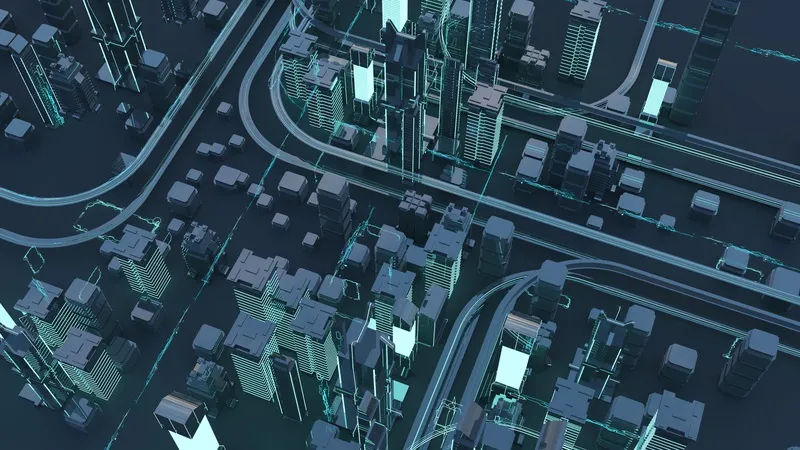Tasks that should always be undertaken using the protection of a truck or trailer-mounted attenuator, but frequently aren't. That's why Dutch company Trafiq attracted so much international attention last year when it developed and launched the Mobile Automatic Roadblock System (MARS). Not only does the system provide complete safety for highway workers, it automates the entire process. And on top of that, because of the speed at which it deploys and collects cones, MARS provides substantial cost savings com
January 31, 2012
Read time: 2 mins

It could be argued that the most dangerous job in work zones is probably cone laying and removal.
Tasks that should always be undertaken using the protection of a truck or trailer-mounted attenuator, but frequently aren't. That's why Dutch companyOn arrival at a section of road to be coned, MARS first automatically places a rumble strip, a light arrow and attenuator to mark the start of the road works, before beginning to lay the miles of cones required. Everything is controlled from within the cab by the driver/operator.
One of the first users of the system was T&M, the traffic management company involved in highways maintenance work on Amsterdam's A9 and A10 motorways. As T&M's Peter Jan Hendricks commented, "The speed and safety aspects demonstrated by the MARS system far exceeded our expectations." Since then T&M has continuously rented the MARS for other projects, while other Dutch competitors are now also using the system.
According to Peter van Nes of Trafiq, in addition to its use in the Netherlands, MARS is now also being used in the US, France, and Switzerland. "Because of actual requests coming from users interested in buying specific versions, we are actually in the process of developing and building a smaller version to fit the southern European roads and hard shoulders. At the same time, we are also developing and building a larger version, capable of carrying a bigger volume of cones in order to work in longer tunnels or longer distances, with tighter spacings," he says. Also, because of numerous requests for a rumble strip layer as a separate unit, Trafiq has developed a standalone version which can be mounted on any truck by a DIN-plate.









